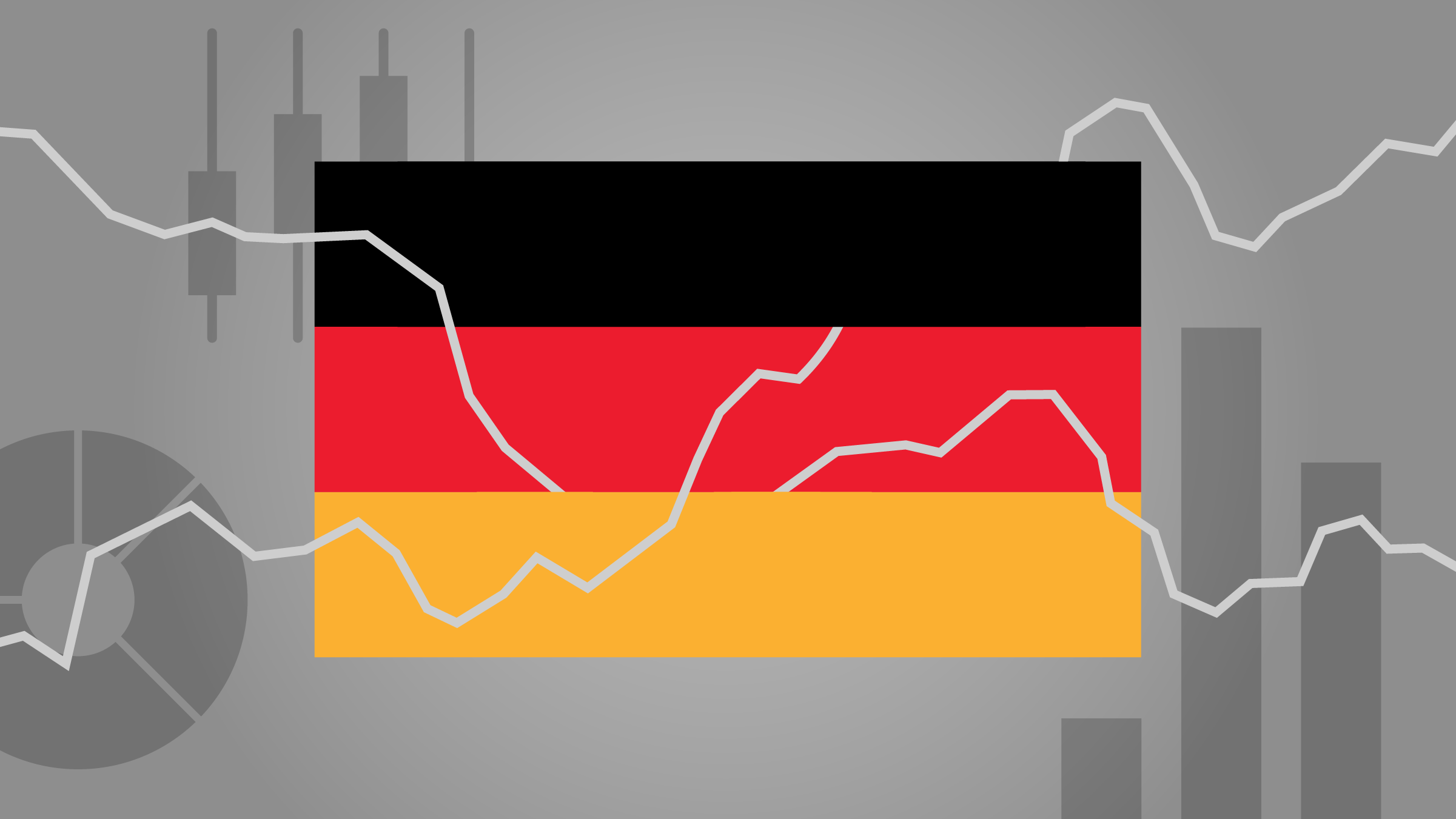Rolle im Portfolio
The UBS ETF MSCI EMU ETF is suitable as a core equity holding to gain exposure to stocks domiciled in the European Monetary Union (EMU). The exclusion of non-EMU companies from the benchmark index increases its sector concentration compared to broader European indices such as the STOXX Europe 600. More specifically, the MSCI EMU tends to overweight financials, telecom, and utilities and underweight healthcare compared to the STOXX Europe 600. Despite these differences in sector allocation, the two indices have maintained nearly perfect positive correlation over the past 10 years (~99%). Over the same timeframe, the MSCI EMU index has also exhibited a high historical correlation (~95%) to broad international equity indices (e.g. MSCI World GR), which reflects the multinational nature of the business lines of many of the companies making up its basket of constituents.
The high quality of most of the firms making up the MSCI EMU index makes this UBS ETF an attractive value-biased investment proposition. As of writing (January 2012), most of the index (i.e. companies representing a combined ~56% of the index’s total value) has been classified by Morningstar equity analysts as companies possessing economic moats. This classification signifies these firms as having defendable and sustainable competitive advantages.
As we write this ETF sports a dividend yield of 3.9%, roughly 2% higher than that of the MSCI World index.
Fundamentale Analyse
Eurozone GDP q/q growth slowed from 0.2% in Q2-11 to 0.1% in Q3-11 and will likely register flat or negative growth for Q4-11. However, at the start of 2012, key indicators point to broad stabilisation of output across the eurozone. The Markit Eurozone Composite Purchasing Managers Index (PMI), a combination of service and manufacturing PMI, rose to 50.4 in January from 48.3 in December, marking its highest level since September 2011. In general, a reading above 50 indicates an expanding economy. These readings indicate that business conditions have improved markedly following declines in the final four months of 2011. Due to the positive correlation of PMI data to GDP growth, the eurozone may actually register a slight gain in GDP for Q1-12 and avoid slipping into a recession if this trend continues.
Though eurozone data points to broad economic improvement, national data underscores the increasingly perceptible regional fault-lines arising between core and periphery nations. In January, Germany and France's economic output jolted to expansionary levels with PMI readings at 53.9 and 51.2 respectively. Germany, considered the engine of the region's recovery, registered strong gains in both manufacturing and services sectors. French manufacturers, on the other hand, saw sharp declines in new business orders offset only by the stellar performance of French service firms making inroads into their order backlogs. In contrast, peripheral nations like Italy, Spain, and Ireland continue to struggle with downturns, though their pace of decline slowed in January.
National fault-lines have also been visible in the eurozone's sovereign debt markets. Since the European Central Bank's introduction of three-year long-term refinancing operations (LTROs), markets have shown a renewed appetite for eurozone sovereign debt. Towards the end of January, debt auctions in Spain, Italy and France were oversubscribed, and 10-year yields fell to more manageable levels. Unlike its neighbors, however, Portugal's debt markets have not responded nearly as favourably to the introduction of LTROs. Following default concerns reverberating in Portugal's debt markets throughout January, the ECB stepped in and purchased their debt in an attempt to ward off further increases in borrowing costs. In response to the intervention, yields promptly fell for Portuguese long-term and short-term debt, albeit modestly.
Fiscal developments in the eurozone have generally been positive. Following the adoption of widespread austerity measures resulting in a decrease in the euro area's debt-to-GDP ratio to 87.4% in the Q3-11 compared to 87.7% in Q2-11. In the third quarter, Italy and France led the charge in deficit reductions culminating in expectations for the entire eurozone's cyclically adjusted deficit to fall by about 1.25% of GDP in 2011 and a little under 1% in 2012.
During the past six months, eurozone equity markets have performed poorly as the economic downturn gathered momentum--falling13.9% as measured by the MSCI EMU. In the past five years, furthermore, the eurozone equity markets have posted annualised returns that have lagged broad international equity markets significantly (e.g. -9.5% vs. -0.8% for the MSCI World)
Indexkonstruktion
The MSCI EMU NR index includes approximately 85% of the free-float adjusted market capitalisation of all publicly-traded companies from European Monetary Union countries. Components must meet minimum criteria for liquidity, foreign ownership, as well as a waiting period for newly-listed stocks. Eligible securities are weighed by free-float adjusted market capitalisation. Because closely held firms will have a smaller share of their aggregate market capitalisation floated on public exchanges, the free-float adjustment serves to ensure that the underlying liquidity of the holdings is superior relative to a pure market capitalisation weighting. The index is reviewed quarterly, with May and November semi-annual reviews tending to be more comprehensive than those undertaken in February and August. As of writing, there are 274 companies included in the index. French and German equities make up approximately 59% of the index by value. The top sector weighting is financials (~19%), followed by industrials (~13%), consumer discretionary (~11%), and consumer staples (~11%).
Fondskonstruktion
The UBS-ETF MSCI EMU uses optimised physical sampling to track its reference index. The ETF invests in only in a portion of the index constituents, aiming to replicate the benchmark’s risk-return characteristics as closely as possible. In addition to shares of the reference index, the fund may invest in transferable securities, money market instruments, units of UCITs, deposits with credit institutions, and structured notes to track the reference index. At the time of this writing, however, Credit Suisse holds 265 of the 274 securities in the MSCI EMU and holds them in percentages comparable to the index. Given these facts, therefore, this fund may not legally be defined as a fully-replicated physical ETF, but it really should behave as one. UBS may engage in securities lending to generate additional revenues. The lending revenue generated can partially offset the TER, but UBS does not disclose what portion of revenue generated gets returned to shareholders. To protect the fund from the counterparty risk that results from this practice, UBS takes collateral greater than the loan value. Collateral levels vary from 102% to 115%, depending on the assets provided by the borrower. UBS also provides borrower default indemnification in the event that a borrower is unable to return the securities. Cash received as dividends from the underlying stocks is held in the fund’s income account until it is distributed to fund holders. Distributions are made on a semi-annual basis. This dividend treatment can potentially create a drag on returns in upward trending markets as dividends are not immediately reinvested into the fund. But in practice this cuts both ways as it could also result in outperformance if the benchmark falls in this interim period. The fund is domiciled in Luxembourg and was launched in September 2002. Its base currency is Euros.
Gebühren
UBS-ETF MSCI EMU levies a total expense ratio (TER) equal to 0.35%, which approximates the norm for ETFs providing exposure to the Eurozone equity market.
Alternativen
At the time of writing, there are a significant number of ETFs tracking the broad Eurozone equity market. In seeking this broad equity exposure, investors should primarily consider their desired level of index concentration from both a sector and geographic perspective. Investors seeking strictly large-cap European exposure are likely to consider ETFs that track the DJ Euro STOXX 50 index as this is the most widely-tracked index in Europe. There are plenty of alternatives available from multiple providers, including iShares, Credit Suisse, HSBC, ComStage, Source, Lyxor, UBS, ETFLab and BBVA. The largest and most heavily-traded ETF tracking this index is the Lyxor ETF EURO STOXX 50 A. The fund charges a TER of 0.25%. The cheapest option (speaking strictly in terms of TER) is offered by db X-trackers with a TER of 0.00%.
Investors preferring a pan-European exposure, including companies outside the Eurozone, can look for ETFs tracking broader European large cap indices such as the MSCI Europe and the STOXX Europe 600. Again here, there is no shortage of options, with all the major providers offering funds that track the MSCI Europe at TERs ranging from 0.25% to 0.35%. Investors preferring the STOXX Europe 600 index could consider the iShares STOXX Europe 600 with a TER of 0.21%. This fund has by far the most on-exchange volume of any of the ETFs tracking the STOXX Europe 600.
















